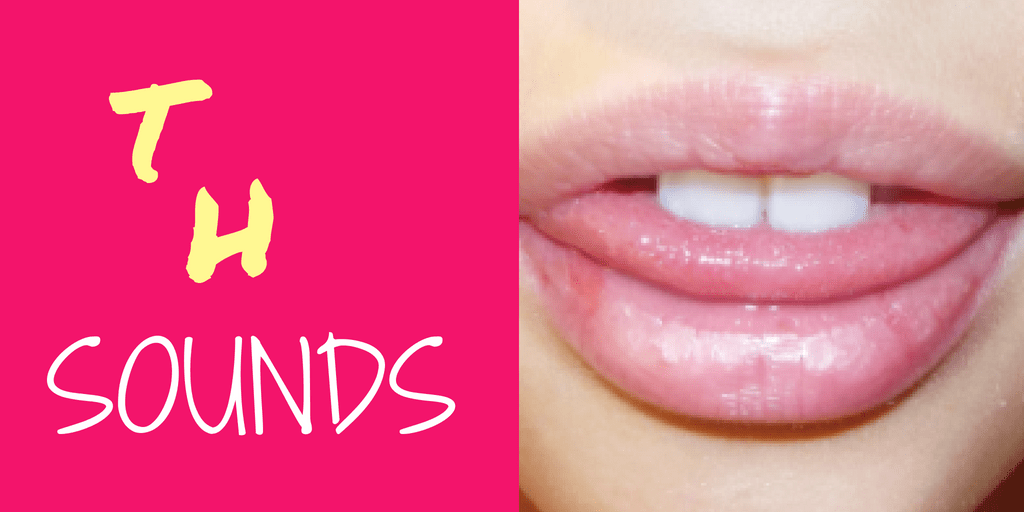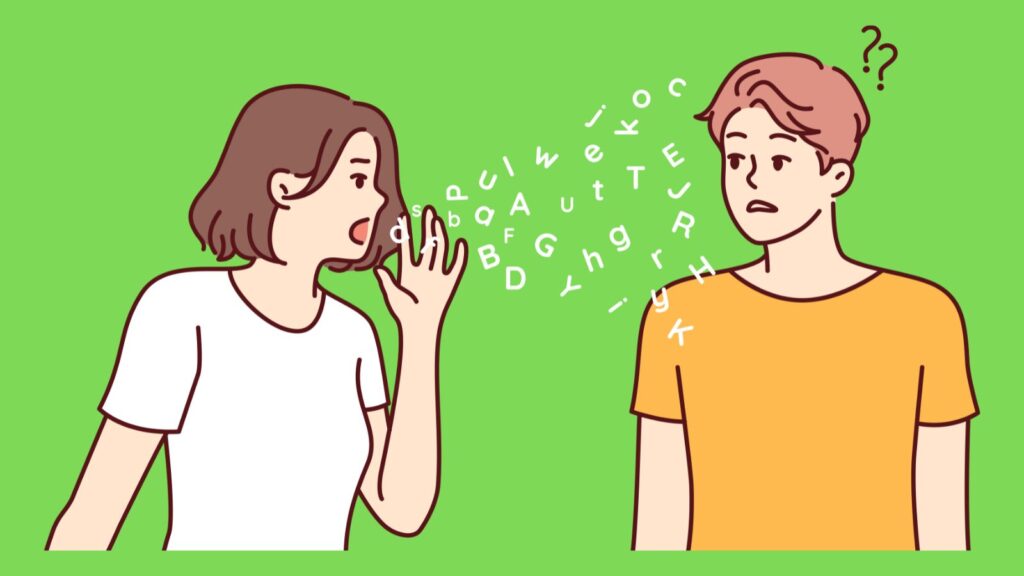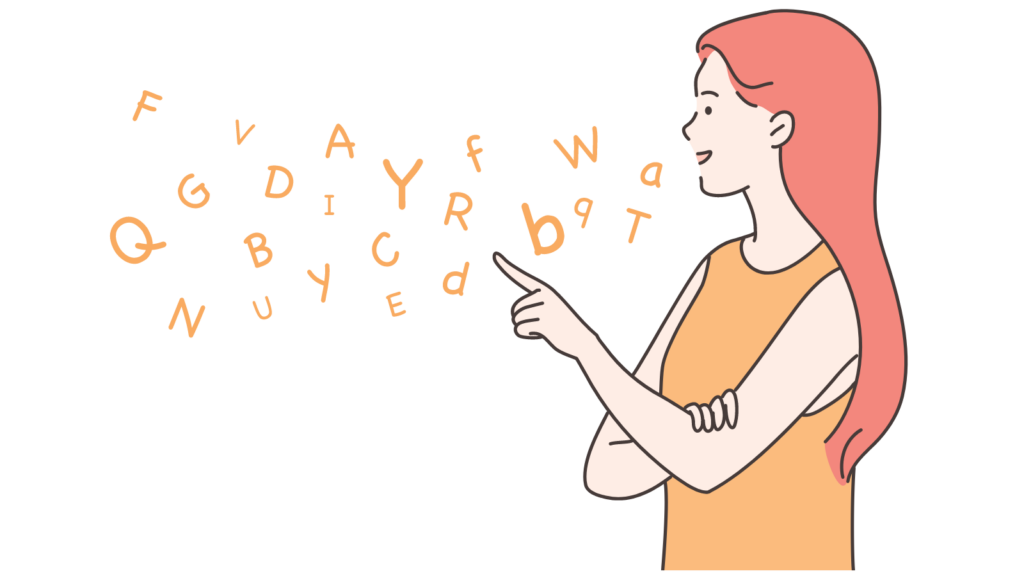Connected Speech: What Happens During Ordinary Speech?

Connected Speech: What Happens During Ordinary Speech? Why do so many EFL learners have difficulty with listening comprehension? “English people speak so fast” is a very common complaint I hear […]
My DELTA Module 2 Intensive Course

My DELTA Module 2 Intensive Course I’ve been teaching English for about seven years on and off and have worked in Brazil, Colombia, Portugal and Italy in that time. To […]
The Importance of The IPA Chart

The Importance of The IPA Chart The International Phonetic Alphabet (IPA) is the result of work by 19th and early 20th century phoneticians such as Henry Sweet, Otto Jesperson and […]
TH Sounds in English – What Does the Future Hold?

TH Sounds in English – What Does the Future Hold? The TH-sounds /θ/ and /ð/ (dental fricatives) can be challenging for English language learners to master if their native language […]
Pronunciation in ESL – Why It Should Be Top Priority

Pronunciation ESL – Why It Should Be Top Priority As a second language learner, I spent 20 weeks in ELICOS classrooms in two different institutions but out of those 400 […]
The IPA Vowel Chart and Teaching Pronunciation

The IPA Vowel Chart and Teaching Pronunciation One spring afternoon in 2001, I was ten steps away from entering my Adult ESL class when a little idea popped into my […]
Phonetics and Phonology in the Teaching of Pronunciation

Phonetics and Phonology in the Teaching of Pronunciation Introduction The teaching of pronunciation has witnessed remarkable changes throughout the history of language teaching and learning. As one of the most […]
Phil Wade Interviews: Dan Frost

Phil Wade Interviews: Dan Frost Dan Frost has a French doctorate in English for Specific Purposes and Teaching Theory. After reading Languages and Linguistics at York University, he taught English […]
